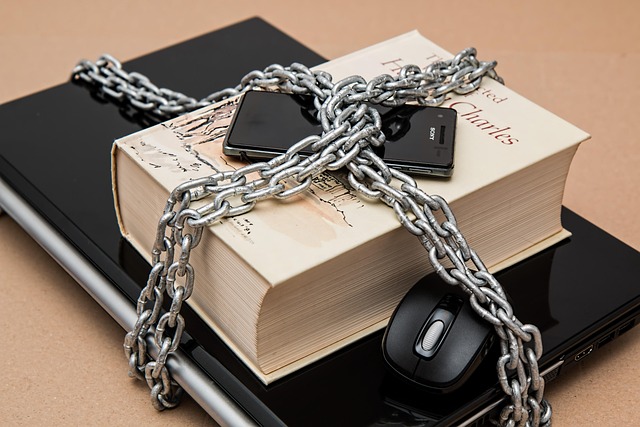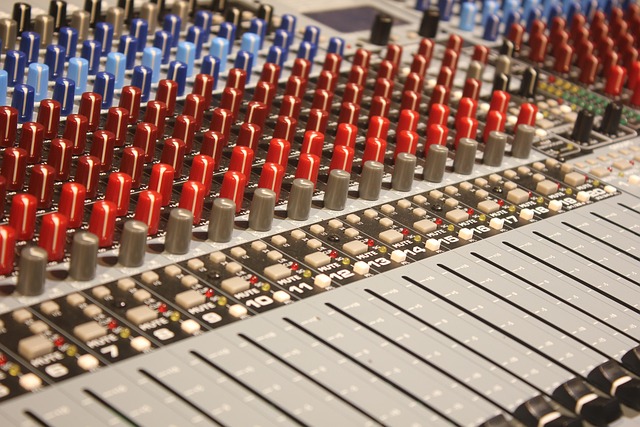In the world of audio recording, achieving an impeccable sound is an art and a science. Whether you’re working on a movie soundtrack, crafting a podcast, or just fine-tuning your home cinema audio experience, understanding how to utilize a limiter can dramatically enhance your project. Many audio enthusiasts shy away from diving deep into the technical aspects of sound production, but mastering a few essential tools can transform your work from good to exceptional.
Imagine sitting in your cinema room, anticipatory silence hanging thick in the air, as the lights dim and the movie begins. The sound design envelops you, guiding your emotions and immersing you in the story unfolding on screen. But what happens when the sound is inconsistent? One moment, the dialogue is whisper-quiet, and the next, an explosion rattles your home. This is where a limiter comes into play.
A limiter is a dynamic processor that prevents audio from exceeding a certain level, ensuring that your project maintains a balanced and controlled sound. When used correctly, a limiter can smooth out those peaks in your recordings while preserving the dynamic range that makes your audio engaging. It’s not just about preventing distortion; it’s about achieving a polished final product that competes with professional standards.
When you apply a limiter to your recording session, it’s essential to consider its settings carefully. Different projects demand different approaches. In a cinematic audio mix, dialogue clarity is paramount, but during action scenes, you’ll want to ensure the sound effects provide a thrilling punch without compromising the integrity of the speech. Properly adjusting the threshold and output gain on your limiter allows you to maintain this balance, creating an auditory experience that captivates your audience.
For those working in video, coupling your visuals with strong audio is critical. An effective way to engage viewers is to streamline the audio by utilizing a limiter on your music and background sounds as well. By ensuring that these layers don’t overpower dialogue, you enhance the storytelling, helping your audience remain fully immersed in the narrative.
Setting up a home cinema means you need to consider not just your video quality but also your audio capabilities. A great sound system deserves thoughtful attention to the audio level management which is where the limiter comes in handy. The ultimate goal is to create an enjoyable experience, free from harsh peaks and distracting fluctuations. This means taking time to tweak your audio settings, running test plays, and adjusting the limiter to your liking. Strike the right balance and you’ll notice a significant improvement in overall sound quality.
In your journey through audio recording, think of the limiter as both a shield and a sculptor. It acts as a protective barrier, preserving the integrity of your recordings while also shaping the sound to fit the emotions and intention of your projects. Elevate your cinema room experience by mastering this tool and watch as your audio transforms into something spectacular.
Ultimately, the combination of video and audio creates a complete immersive experience. Embrace the limiter in your audio recording process, and you’ll set yourself up for success, whether in a studio setting or the comfort of your own home cinema.



